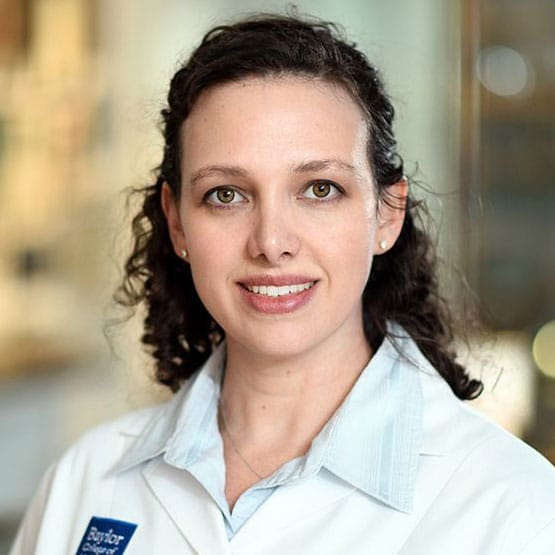Childhood Glaucoma: Parents Are First Line of Defense

Parents should take their child to a pediatric ophthalmologist if they notice these symptoms/signs or if there is any reason to suspect that something might be wrong with their child’s eyes.
Glaucoma is a disease where damage to the optic nerve can lead to blindness. Most of the time, it is discussed as affecting adults, but children can also be diagnosed with glaucoma.
Although rare in children, the signs and symptoms of glaucoma are often different from adults.
While your ophthalmologist will be the one to definitively diagnose and treat childhood glaucoma, parents are the key to early diagnosis and treatment.
Below is a brief overview of the types of glaucoma that can affect children and the key signs that parents should look for.
Congenital glaucoma (also called infantile glaucoma) is most often diagnosed within the first year of life and occurs in 1 in every 10,000 births in the United States.
Signs to look for include:
- Excessive tearing
- Large eyes
- Cloudy corneas
- Hiding from bright light or squeezing of eyelids
Juvenile glaucoma occurs at any time during childhood. Unlike those suffering from congenital/infantile glaucoma, older children will be able to better describe their discomfort and symptoms. Symptoms and signs to look for include:
- Sensitivity to light
- Vision loss
- Problems adjusting to the dark
- Head or eye pain
- Excessive blinking or squeezing of the eyelids
- Consistently red eyes
Secondary glaucoma can also occur at any time during childhood. These types of glaucoma can be associated with abnormal ocular conditions such as aniridia or can be part of a systemic disease such as Sturge-Weber syndrome, Juvenile Idiopathic Arthritis, Axenfeld-Rieger syndrome, or Marfan syndrome. Secondary glaucoma can also develop after trauma, following eye surgery such as cataract removal and following treatment with steroids.
Early Diagnosis and Treatment is the Key
The key to successful preservation of vision is early diagnosis and treatment. Parents should take their children to a pediatric ophthalmologist if they notice the above symptoms/signs or if there is any reason to suspect that something might be wrong with their child’s eyes; timely diagnosis and appropriate care offer the best chances of preventing vision loss.
Treatments for childhood glaucoma include medications and surgery depending on the cause of the disease; regular follow-up is crucial even after glaucoma has been controlled. With timely treatment and periodic follow-up to monitor vision changes and other eye functions, many children go on to live normal lives with good vision.
Article by Lauren S. Blieden, MD and Robert Feldman, MD.
First published on January 1, 2014; Last reviewed on May 10, 2022.

Lauren S. Blieden, MD
Lauren S. Blieden, MD is an Assistant Clinical Professor at the Alkek Eye Center, Cullen Eye Institute, Baylor College of Medicine, Texas Children’s Hospital in Houston, Texas.